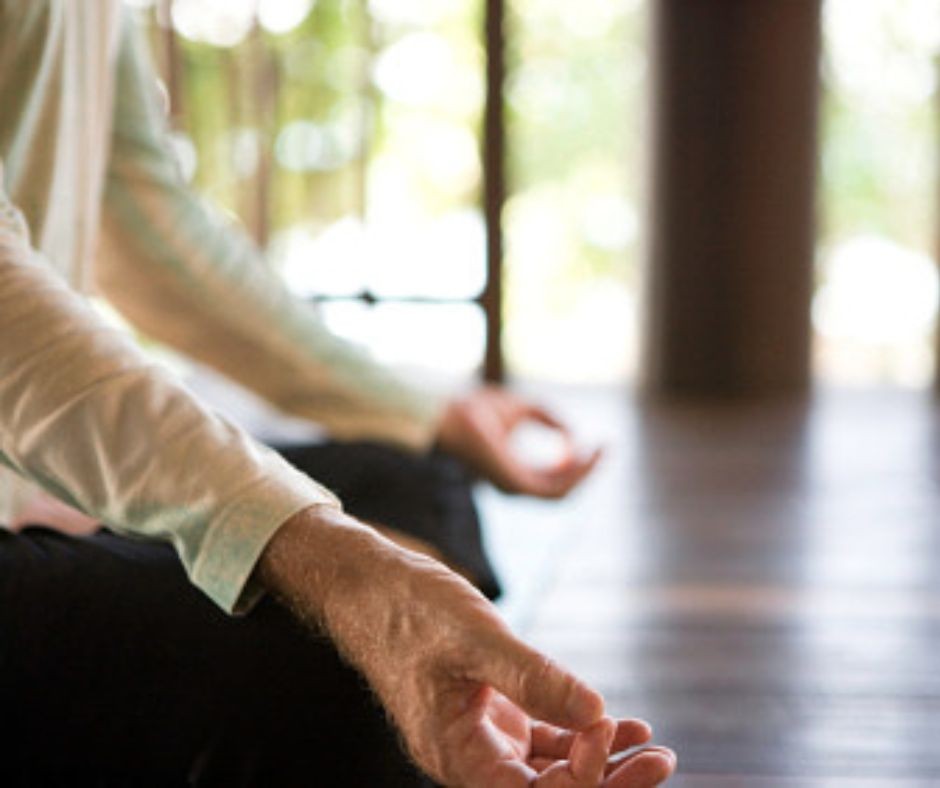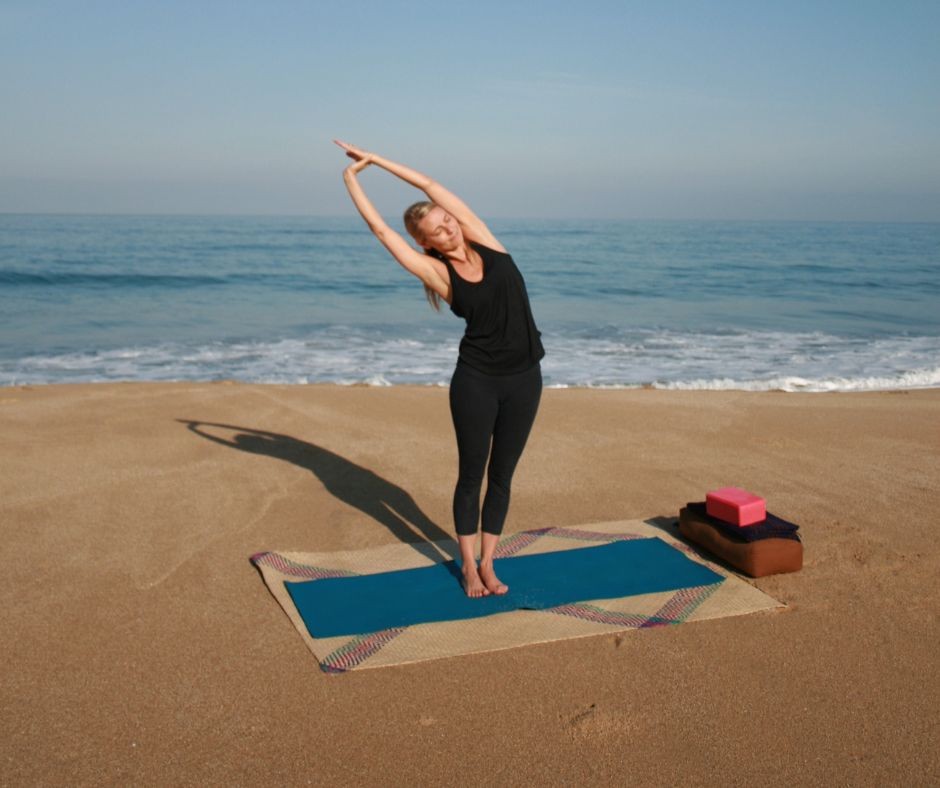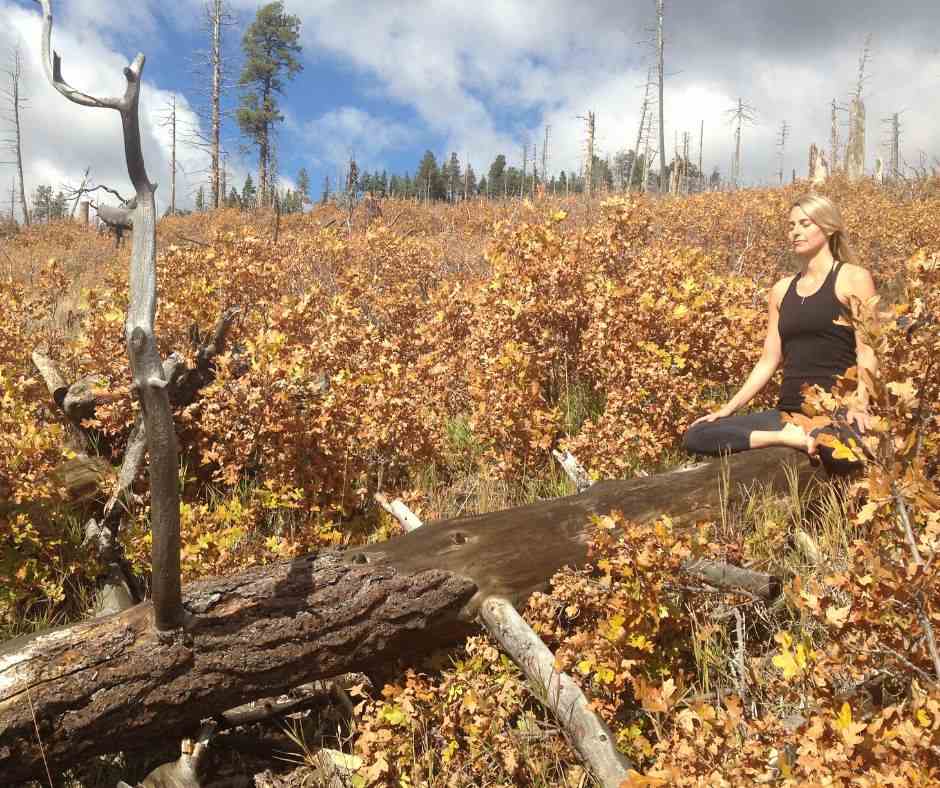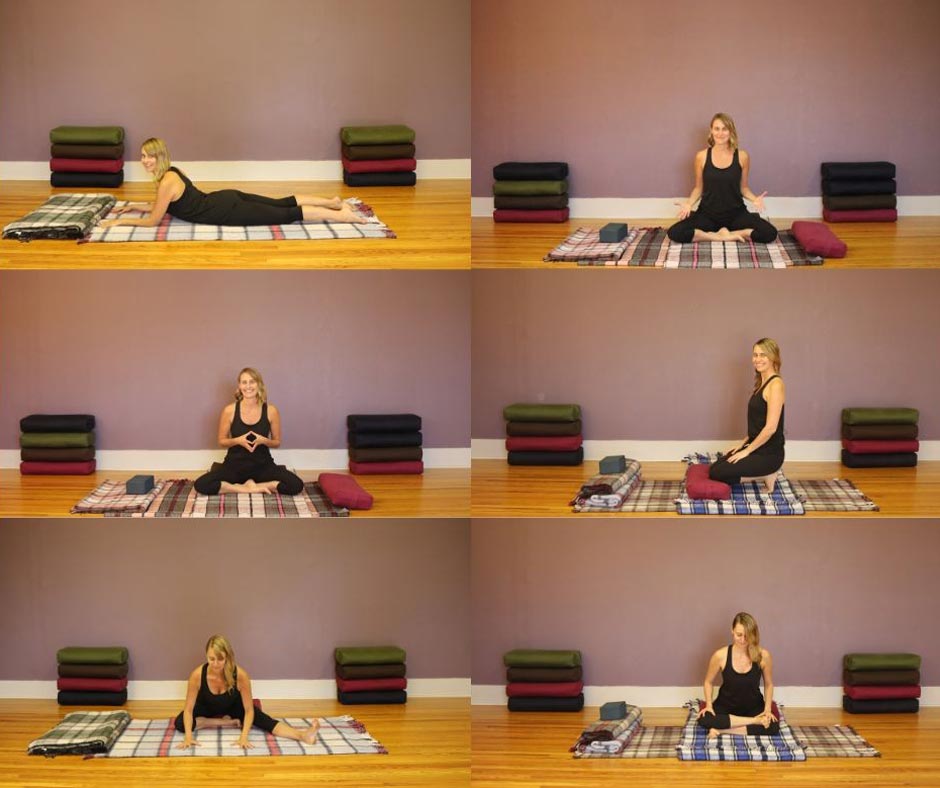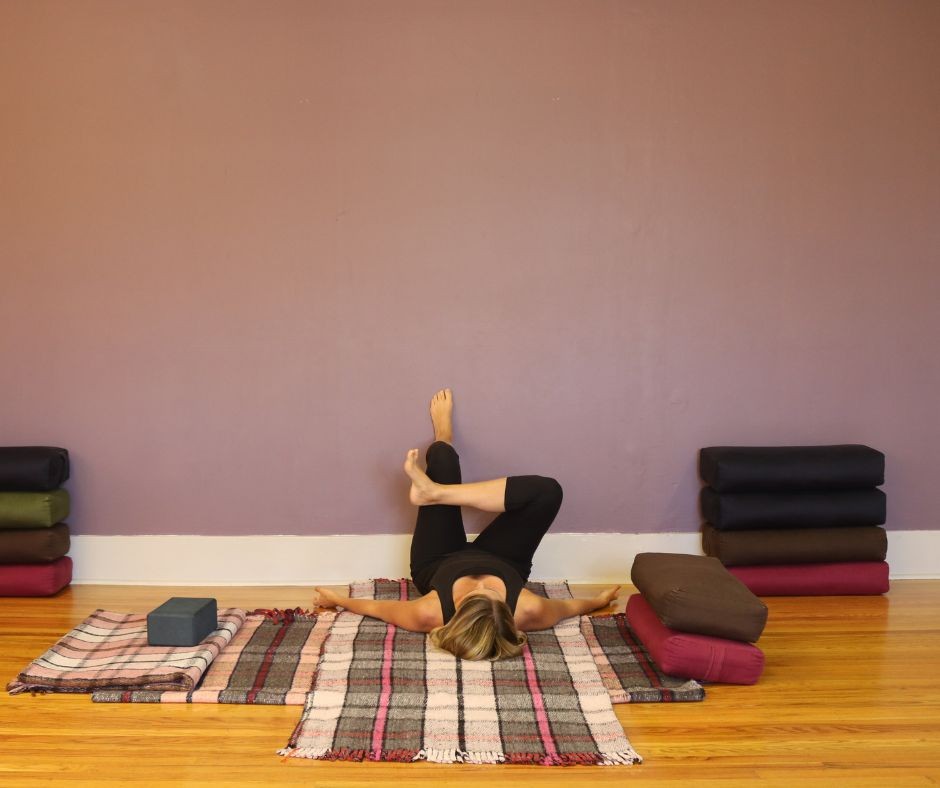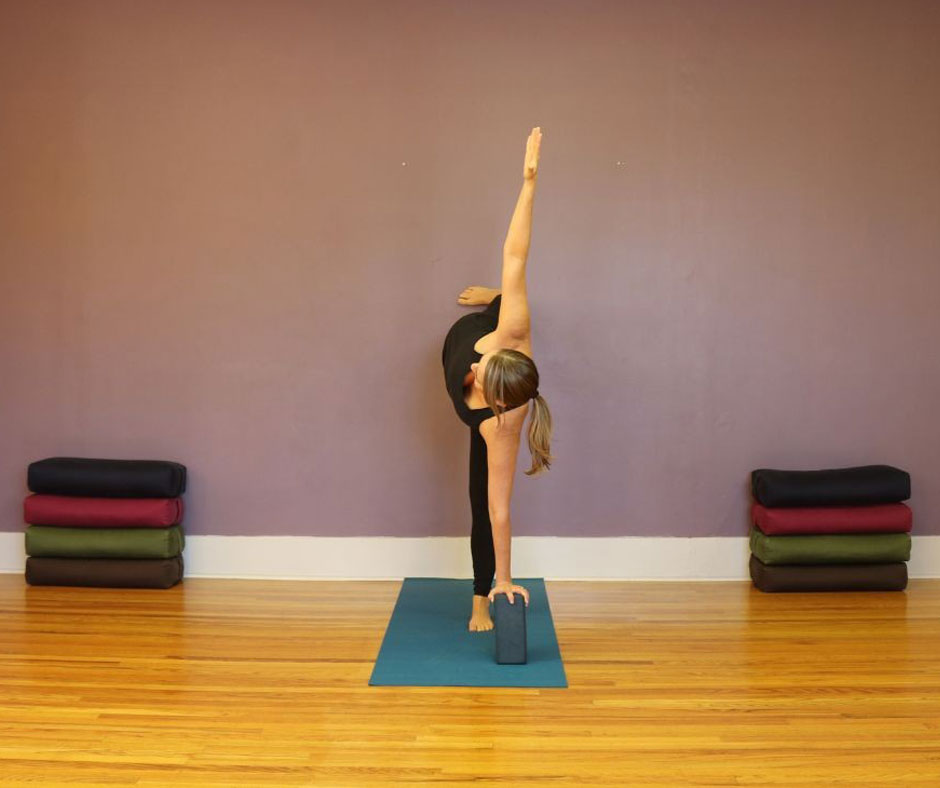As we sit in meditation we recognize whatever is arising, we accept its appearance or disappearance, and we let go of what we think “should” be happening. As we do this we move from an identification with what we notice to an accepting open observation of what is.
“The path of yoga… becomes possible by learning to dwell inside our bodies and minds with kind yet keen observance, coupled with intimate participation”
Sarah Powers
In order to sustain this continuity of attention we can use the following guidelines to keep the mind focused on coming back to our direct experience.
Impartiality
Developing an equanimous presence helps us to simply see our experience without a censor. Whether we are having a pleasant or unpleasant experience in the moment we just notice. By remaining impartial we don’t get wrapped up in wanting to keep the state if it is pleasant or rejecting it if it is unpleasant.
Non-Judgement
The mind has all kinds of ways of categorizing our experience. Generally speaking when we are feeling affliction because of unpleasant states we have negative judgements and when we have pleasant states we tend to judge them positively. When we meditate we practice letting judgments go so that we can rest with the truth of the moment without the layer of interpretation which often leads to clinging or rejecting.
Cultivating Interest
The third quality we can work with is a state of alive curiosity. Investigating our states of mind can bring us greater states of clarity and understanding of self and others.
"Unexamined systems of belief run our life"
Alan Watts
For example, as we explore the inner terrain we may begin to notice the space between the experience itself and the story of judgement we add to it. Hanging out in this space gives us the opportunity to see the difference between reaction and response.

